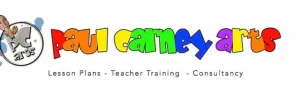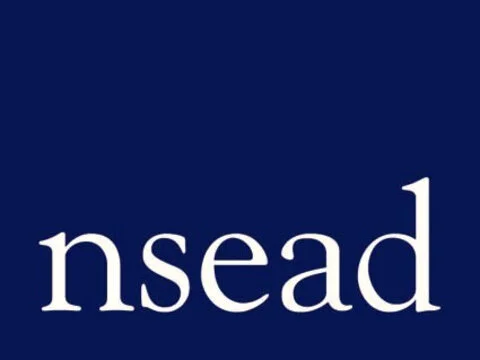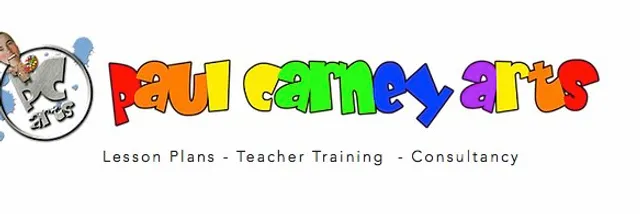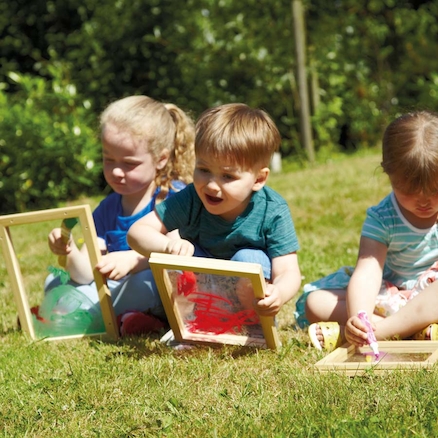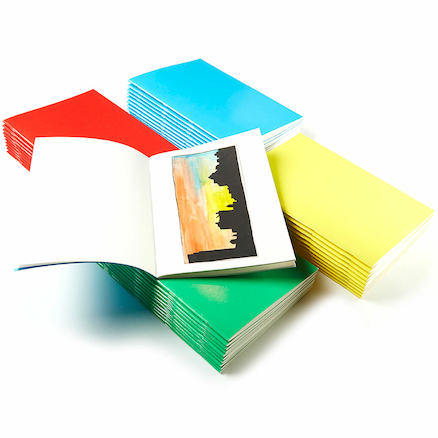Art and Design is one of those highly specialised subjects that, if you’ve been asked to lead, can seem overwhelming. There are so many different kinds of art; drawing, painting, sculpture, printmaking, textiles, photography and so on. And then, as well as the skills, there is a massive number of artists to study over the whole of history and across numerous different cultures. There’s also the fields of design and craft to consider, and as if that wasn’t enough, the 2014 National Curriculum for art and design also threw in architecture. It really is a highly specialised subject which is made harder to teach by the fact that there is no common agreement on what art actually is.
Teaching art is like trying to eat soup with your fingers!
Leading art demands large amounts of energy and enthusiasm. In giving you this responsibility, headteachers are matching your keen, eager, fresh eyes with the highly enthusiastic children in the school. It is this harmonious relationship that can carry you forward in leading the subject, because the driving force behind art is motivation – the desire to want to make it.
Of course, I may be biased but I think it’s the best subject in the school. No other subject channels children’s creative energy into such joyous visual manifestations. I never tire of seeing children’s art because it always surprises me. They always seem to find something new to say in ways I’d never thought of. This is the very essence of creativity and it’s like a flame that you, as subject lead, need to keep burning.
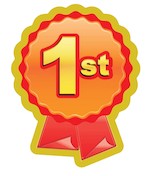
So, how do you do that?
Well here’s my top tips for leading the subject of art and design in primary.
1. Do an audit
If you want art & design to be a great subject in the school, the first thing you need to do is to identify where you are starting from. Divide your audit into specific areas such as: curriculum, teaching, assessment, resources, and staff experience & confidence. Think about:
- Curriculum – How is art taught now/in the past? What curriculum plans exist already? How much teaching time is allocated to art? What do the pupils want/need from art lessons and are they getting it?
- Staff – What art experience do teachers have?
- Resources – What art materials do you have? How much money is allocated for art materials every year and is that enough?
- Assessment – How do you assess art? How should it be assessed?
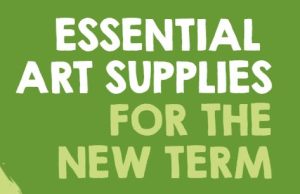
2. Someone is out there!
You aren’t alone. It may feel like it, but there are lots of people and organisations out there who can help you. You aren’t the first person to lead art in primary after all. Notable organisations who can offer expert advice are:
- The NSEAD (National Society for Education in Art & Design) who are the subject association for art
- Access Art – the biggest independent art charity in the UK who have thousands of lessons and hundreds of articles to help you at a very low cost.
- My own website; paulcarneyarts.com is free and has lots of support and guidance for primary art teachers.
- Galleries and websites – art gallery websites all have amazing content such as the Tate, the National Gallery, National Portrait Gallery, the V&A, Google Arts & Culture, the British Museum, the Crafts Council, the Design Museum, BBC Bitesize and Art Obelisk are all incredible.
- Connect to other schools in the area and form a network, or look for existing networks you can join. There will be one in your area. Both Access Art and NSEAD have lists of them.
- Finally, connect with educators on social media who can help; on Twitter: @paulcarney arts @theartcriminal @artmember209 @gomersalprimary @mrs_darl, @dalmain_art @NSEAD1 @accessart. Also look for the Primary Art Subject Leaders network on Facebook. //www.facebook.com/groups/708555575912202/
3. Find a Purpose
Your curriculum needs direction and purpose; a pedagogical vision if you like, of what are the big ideas, skills and goals you want children to acquire and understand when they study art in your school. I recommend you look at some examples for other subjects or ones produced by other schools. I’m sure they’d be willing to share.
4. Produce Proficient Plans
I’d strongly advise against you, as an inexperienced subject lead, writing your own curriculum plans. It is an enormously complex task, that even I find daunting after nearly thirty years of doing it. That means either buying a curriculum off the shelf, where everything is done for you such as Kapow Primary or Access Art or putting together plans from various free providers. Some are more expensive than others and have a different emphasis.
Kapow is structured very clearly and has video demonstrations for every lesson. Access Art is more comprehensive, it has more lessons, it is generally more creative, but often requires greater confidence to teach it. That said, it is cheaper to subscribe to than Kapow. You could also visit Oak Academy, and though they don’t have a lot of content for primary, their content is free and worth looking at. My own website paulcarneyarts.com has free content too and I do write curriculums and lesson content on a bespoke basis for schools upon request.
If you are going to pull together plans from different sources then be very careful. Make sure you get them checked over by an expert because you need to demonstrate to OFSTED that your curriculum is coherent and properly sequenced. Art & Design is a vast subject, but you need to avoid flitting from one art subject skill to another without properly embedding them. Make sure knowledge & skills run like threads through the curriculum over time, building and accumulating ability as they progress. For example, year two drawing should build on the foundations set in year one and lead nicely on to year three drawing. Do fewer things well, rather than trying to cram too much into a short space of time. But also keep a nice, broad balance so your curriculum isn’t too narrow. (I told you art was hard!)
5. Sound skills are simpler than they seem
There will never be a time when you have all the skills you need to teach art and design. The subject is too vast and you’d need full-time study over many years to even begin to master it. So don’t even try! You don’t need the skills of art; the children do. Make sure the teachers in your school are confident that they don’t need to develop the expertise themselves before they can teach art. If you don’t have the expertise yourself (and you probably won’t) then you need to facilitate the learning in different ways.
I told you the Kapow primary art curriculum I helped write is popular and it is so because every lesson has an instructional video to accompany it. This removes the pressure for non-specialists. Access Art have similar support and there are also many other excellent free resources that teach art skills in video format. It’s worth spending some time trawling through Youtube and building playlists of your favourites to disseminate to staff. Finally, record your own skills demonstrations using a visualiser if you can. Then share them on the school hard drive for other teachers to use. If the whole school do this, then soon everyone will have skills tutorials they can use year after year.

6. Knowledge is timeless
There are billions of artists in the world and probably zillions that have existed over time. You can’t teach them all, but children should have a broad understanding of how art has changed over time. You don’t need to teach art history in chronological order as you do in history topics.
Western art has broadly followed the development of four main phases:
- Ancient art – where the word art didn’t have a meaning and things were crafted for spiritual or decorative purpose.
- Traditional art – where art was produced literally, often realistically to depict portraits, landscapes, biblical and mythological themes.
- Modern Art – art from Impressionism to the 1980’s where artists tried to represent more intrinsic subject matter in diverse, expressionistic ways.
- Contemporary art – current art that is often sculptural and where the concept behind it is as important as the artistic skill.
I have an art timeline game on my website where children arrange reproductions of iconic works of art on a piece of border roll on the floor. It’s a great way to get them looking at art development over time very quickly. Just remember to try to also teach the basic concepts behind why the art was made, what the artist was trying to tell us and what it means. It’s also a great idea to link an art timeline to a history timeline so that learning is unified.
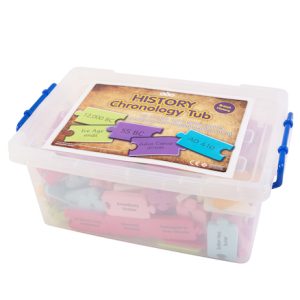
7. Creativity isn’t coincidental
We cannot simply teach knowledge and skills and hope creative children emerge. Art isn’t like that, because we have to teach pupils to think creatively too. We can develop creativity in children by offering choice and then diversifying those choices over time. To teach skills creatively, we might simply offer a choice of materials to begin with, then encourage playful exploration and finally personal development of materials of their choosing.
When learning knowledge in art, we might offer a choice of artists instead of dictating only one. We might show children how to use artists sources in different ways; to inspire their own work, to learn skills from or to find meaning. We should try to design projects that teach essential knowledge and skill, whilst giving more creative, open ways in which they can apply them. Finally, we need to create opportunities for pupils to think, dream, imagine and invent, because if they don’t do it regularly in art, then where else will they develop these skills. They aren’t coincidental, they are key.
8. Progress is personal
We absolutely must make children fully aware of the progress they are making and offer them guidance and direction for their future learning. This requires you to teach art with increasing metacognitive awareness. All this is in practice, is giving opportunities for dialogue and discussion about the progress they have made.
Using key questions helps children do this, such as:
- How did you perform to the learning objectives?
- What areas were successful and which needed development?
- Do you think you could learn it better with more time or skill?
- How did doing this work make you feel?
We develop ability in art by ensuring motivation is maintained, that confidence is instilled and awareness of the personal progress we have made from our starting point is emphasised – not by making attainment the focus. There is no ‘best’ in art, no right way to do things, only our personal interpretation. Check out the video Austin’s Butterfly on Youtube made by Ron Berger and make circle time discussions a key component of your art curriculum.
9. Have High and Clear Standards
Of course you want your children to do well, and this means always pushing them that bit harder in lessons when they feel they have finished or they want to give up. Good art comes from pushing the children to work more detail into it, to refine their techniques that little bit more and to do things again and again. They are always reluctant to do this. They want to finish first, they want new stimuli and they are often more than happy to settle for what they have already done. It’s your job as an art teacher to keep pushing them.
Another key aspect of attainment is to make your standards clear and visible. You could take photos of key samples and put them in folders on the school shared drive. These small samples should represent aspects of our curriculum we want to measure, such as skills ability, use of artists to influence own work or creative thinking. They are hugely important in demonstrating how you know pupils are making progress. You will be able to make judgements about progress of pupils at key points in their primary education. Usually, this is at the end of key stage one, and lower and upper key stage two.
10. Lead the Team
Even though you have no authority, and despite being new to the subject with little experience, you must find ways to exert your influence in ways that achieve the standards you want for the subject, without alienating the rest of the staff. This means enthusing people and bringing them on board with your vision, and empowering people to want to achieve your goals. Of course, this implies setting good goals in the first place. Hopefully your senior leadership team will support and guide you in your subject’s development, but make sure your goals are realistic and achievable. If you want to improve the art in your school you will need at least three things; more time, more resources and more Continuing Professional Development.
I really do wish you well in your endeavours. Teaching art isn’t easy. It drains you of energy, it is complex and difficult to pin down. One of the biggest hurdles you need to overcome is simply motivating tired teachers to want to teach it. They usually are teaching art in a classroom that isn’t suitable for making a mess, and they often do not have adequate resources or the confidence to do it. They haven’t got time to plan or prepare practical lessons and they certainly haven’t got time to mark art on top of their workload. You have to understand these legitimate concerns and yet still find ways to create enthusiasm, positive energy and exciting art outcomes that will delight the school.
That is some feat to perform, but I know that, with passion and a lot of guidance, you can pull it off.
Many thanks to Paul Carney for writing this blog and sharing his experience and top tips.
Paul Carney is an NSEAD registered Primary & Secondary Art & Design education consultant from Newcastle-upon-Tyne. He is available for bespoke consultancy work to advise your school on all aspects of your art provision. Paul also hosts a number of Art CPD training courses for large, national training organisations and some independently organised. He is a published author and has written extensively about art education at all phases, some of which is available free from this site.
